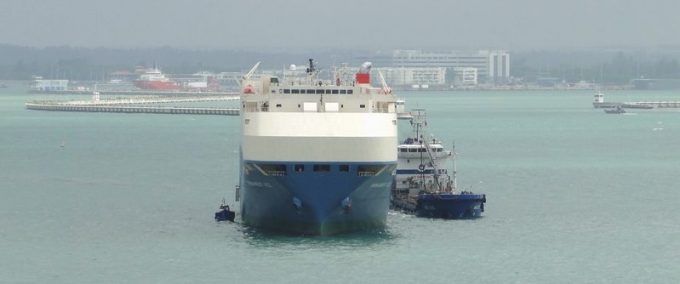Economic growth triggers strong demand for intra-Asian box trades
Asia Pacific economic growth and supply chain diversification is spurring strong demand for intra-Asia container ...

Thailand is pushing for an alternative Asia Pacific-India-Middle East trade corridor to the busy Malacca Strait, a project it estimated would cost some $28bn.
Called “Land Bridge,” the project broadly calls for the development of deepsea ports on Thailand’s east and west coasts, backed by sophisticated rail and road networks for seamless cargo flow.
The eastern port is planned for the Chumphon province on the Gulf of Thailand, the other for Ranong province on the Andaman Sea.
The idea ...
Amazon pushes into LTL for small package fulfilment and UPS does a u-turn
New senior management for DSV as it readies for DB Schenker takeover
Volumes set to 'fall off a cliff' as US firms hit the brakes on sourcing and bookings
Temporary tariff relief brings on early transpacific peak season
'Tariff madness' will prompt renegotiation of ocean shipping contracts
Response to tariffs by Chinese importers may see extra costs for US shippers
Forwarders 'allowing the fox into the chicken run' by supporting 'hungry' carriers
FedEx and UPS add 'China fee' ahead of the end of de minimis

Comment on this article